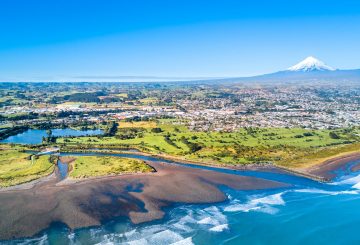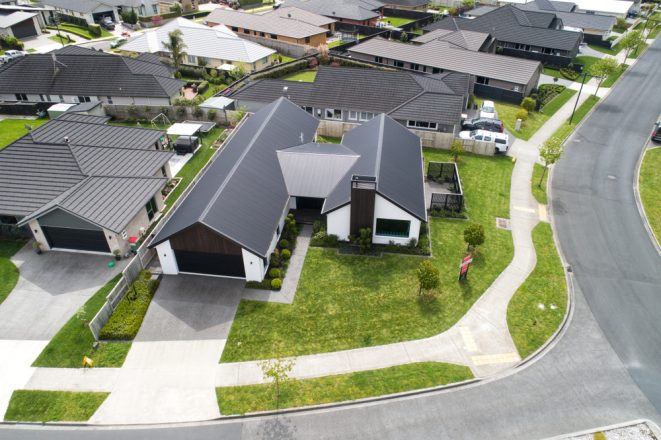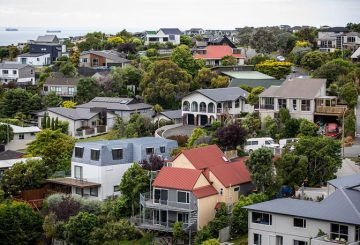국민당(National Party)은 뉴질랜드 일반인들이 정부의 전면적인 실험 확대에 대해 비난하고 있다고 말했다.
정부는 주택시장을 냉각시키기 위해 투자자들이 매도할 때 세금을 내지 않기 위해 추가로 부동산을 보유해야 하는 기간을 2배로 늘렸다.
국민당 소속 Andrew Bayly 재정 대변인은 자녀들을 부동산 시장에 진입시키려는 부모들을 포함한 투기꾼을 잡는 대신 엄한 사람들에게 타격을 주었다고 전했다.
“만약 자녀가 몇십만 달러의 주택 가격 중 20%를 냈다고 가정해보자. 즉, 100만 달러의 집을 사기 위해 이 중 20만 달러를 지출한 경우다. 집을 매매할 때 집값이 20만 달러가 올랐다면 증가된 금액에 대한 시세차익을 지불해야 한다.”
예를 들어, 부모가 자녀와 주택 구매 비용을 나눈 후 5년 뒤에 이를 매입한 경우, 부모는 가치 상승에 대해 양도 소득세를 납부해야 할 것이라고 말했다.
부동산을 구입한 자녀는 10년 동안 부동산을 보유해야 한다. 그렇지 않으면 매매할 때 양도소득세를 내야 한다.






























































